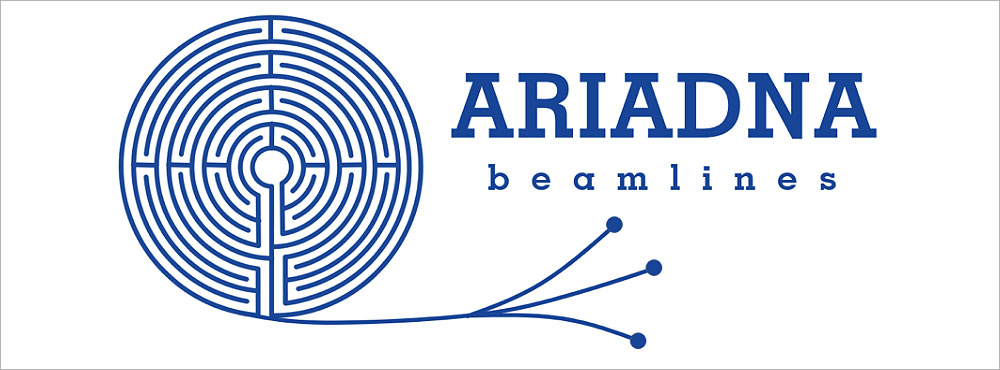VBLHEP scientists discussed channels and stations for applied research at NICA
News, 06 June 2023
As part of the NICA Project, the ARIADNA infrastructure is being set up, focusing on applied problems that requires beam transport and shaping from the accelerators to the target stations for applied research. On 26 May, a seminar was held at the Laboratory of High Energy Physics JINR. A VBLHEP senior engineer Georgy Filatov spoke about the areas of applied research and equipment of channels and stations, namely SIMBO, ISCRA, and SOCHI. The stations and beam channels for applied research are being constructed under the direction of Evgeny Syresin, Chief Engineer of the NICA Accelerator Complex, with the decisive participation of young specialists Georgy Filatov and Alexey Slivin. He spoke about results achieved during the commissioning runs at SOCHI and plans for the future.
The channels for applied research are created on the basis of the heavy ion linear accelerator (HILAC) and the Nuclotron superconducting synchrotron. There are two areas for applied research in Building No. 1 of the Laboratory of High Energy Physics JINR. The first of them is the SOCHI station (Station Of Chip Irradiation). The task of the station is to provide the density of the particle flow at the target of 103 – 105 particles/cm2/sec. The facility operates in a pulsed mode. The second area is the area of the measurement pavilion. Two stations will be located there, namely SIMBO (Station for Investigation of Medical Biological Objects) and ISCRA (Irradiation Station of Components of Radioelectronic Apparatus).
At the moment, the project of new elements of the magnetic system of the SIMBO and ISCRA channels has been completed. Magnetic elements will provide both beam transportation and its formation at the target.
“Octupole magnets are the highlight of the ISCRA channel. At the ISCRA station, it is necessary to provide irradiation of 20 x 20 mm chips with a 10 percent homogeneity. The octupole transforms the phase portrait of the beam, forms a plateau on its tip. It is this plateau that provides the necessary homogeneity. In addition, we will use scanning magnets that will allow us to irradiate larger target areas, namely 200 x 200 mm at the ISCRA station and 100 x 100 mm at the SIMBO station,” Georgy Filatov said.
In addition, a collimator will be used at the SIMBA station to create a sharp field boundary while irradiating biological objects. Collimator inserts will allow changing the beam diameter. In addition, specialists will use detectors, which will allow measuring the beam profile.
Besides, Georgy Filatov presented the schemes of the ISCRA and SIMBO facilities, technical characteristics, location, as well as related systems. The SIMBO station is equipped with a climate chamber, a target positioner, a detector positioning system, and ionisation chambers. The ISCRA station also includes a large number of equipment and detectors, namely a degrader, a positioning system, a system of positive and negative temperature setting, a special device for placing a chip and checking it for failures during irradiation, an ionisation chamber, and silicon detectors.
During the commissioning run in October 2022, the project team tested the SOCHI Applied Station at argon ions, irradiated the chip for the first time and radiochromic films to find out which beam and target profile would be at the output. During the tests, specialists managed to make the beam wide in order to obtain the necessary homogeneity, as well as the fluences necessary for testing. This result was observed by irradiating the chip.
The programme of the 2023 run included testing of the chip, the project team received the same fluences, but this time the tests were carried out at xenon beams. In addition to the chips, a special track detector and radiochromic films were irradiated. Georgy Filatov noted that these tests proved their effectiveness for testing equipment. Scientists plan to test detectors. In March this year, specialists completed the installation of the equipment and the ISCRA station outside the station. In addition, they bought the equipment of the SIMBO station.
Scientist plan to launch SIMBO and ISCRA channels and stations in the autumn 2024.

